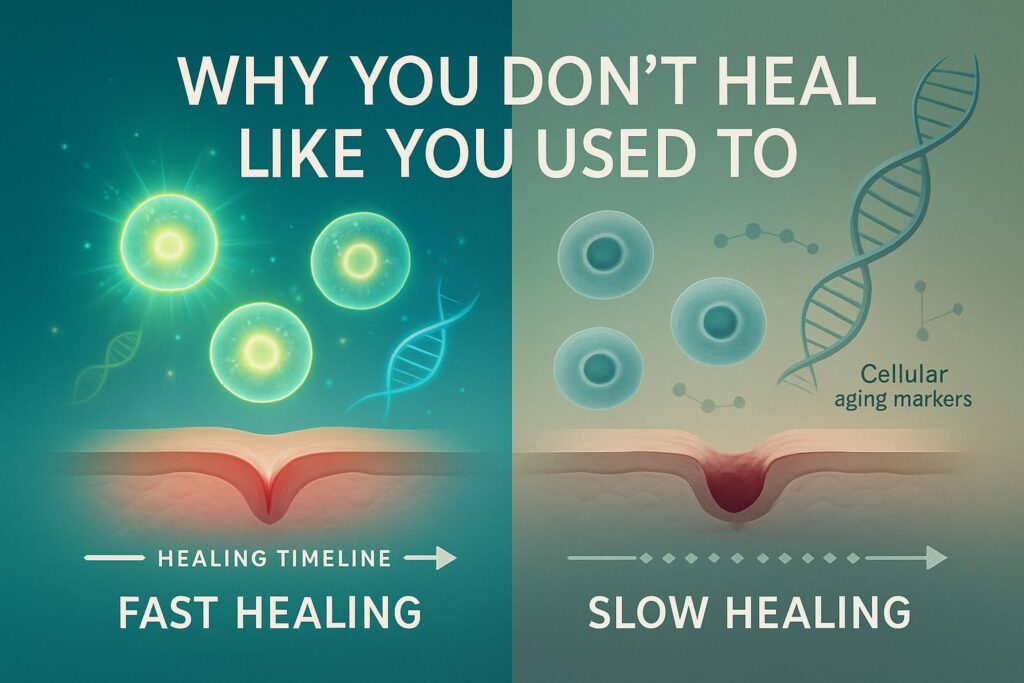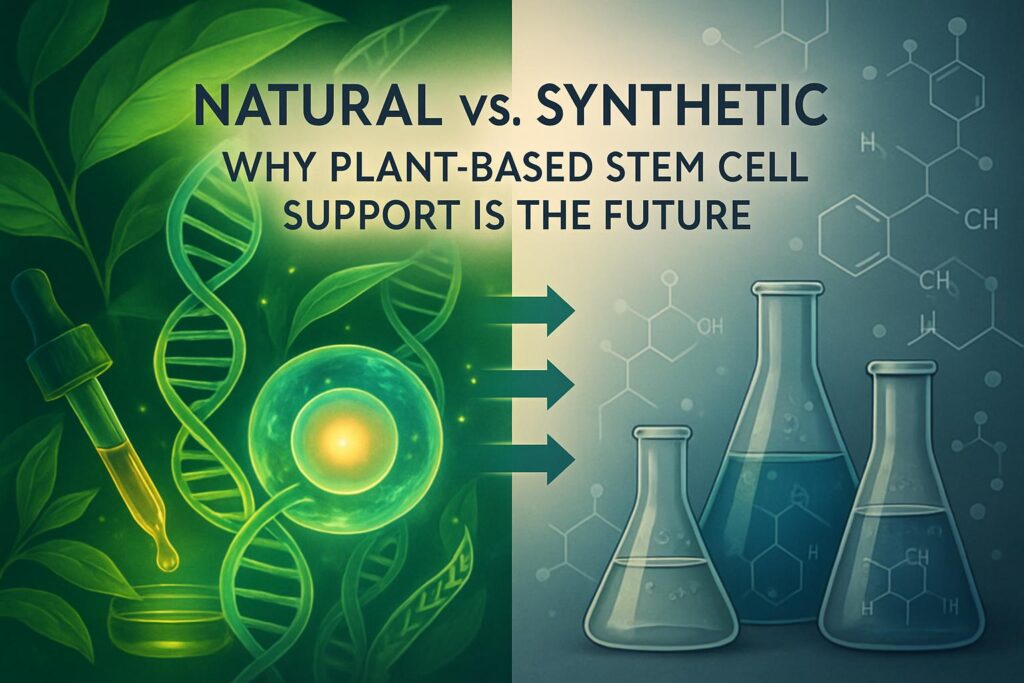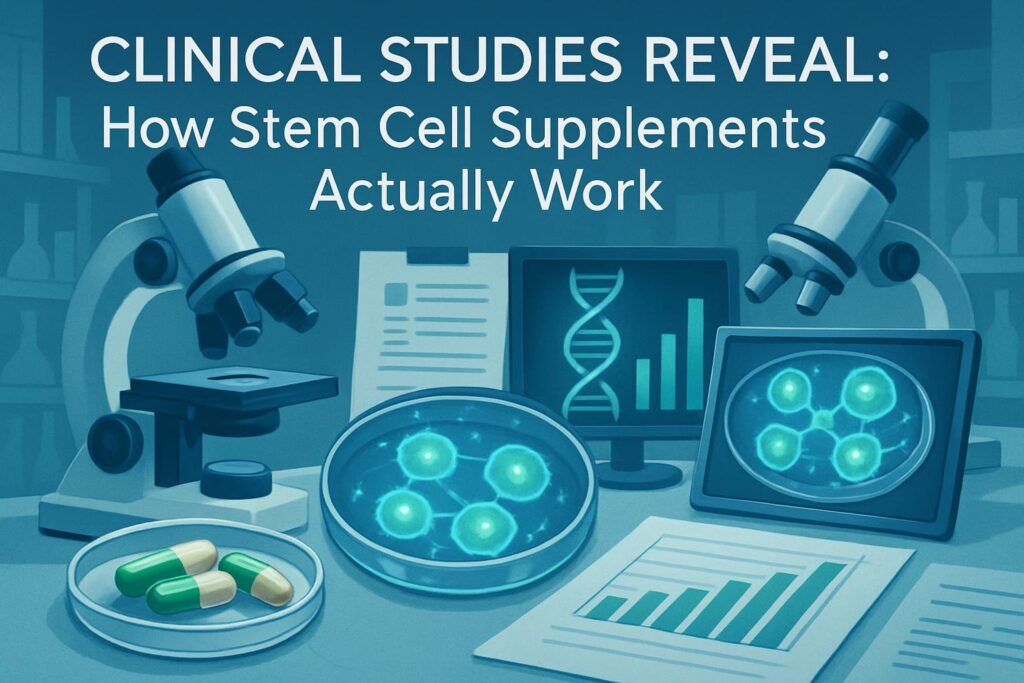Stem cell therapy represents a frontier in medical science, offering new hope and avenues for treatment in various fields, including neurology. This dynamic area of medicine harnesses the power of stem cells, the body’s raw materials from which all other cells with specialized functions are generated.
In neurology, stem cell transplants are gaining attention for their potential in treating a spectrum of neurological disorders, ranging from neurodegenerative diseases like Parkinson’s and Alzheimer’s to spinal cord injuries and stroke recovery.
Central to the discourse on stem cell transplants in neurology are two primary types: autologous and allogeneic stem cell transplants.
An autologous transplant involves using a patient’s own stem cells, typically harvested from their bone marrow or peripheral blood. This method is highly personalized and is characterized by a lower risk of immune rejection since the cells originate from the patient’s own body.
On the other hand, allogeneic transplants use stem cells donated by a genetically compatible donor. This approach broadens the scope of treatment possibilities, especially for patients whose own cells are not viable for transplantation due to disease or genetic factors.
Both autologous and allogeneic transplants come with their unique sets of advantages and challenges. The choice between them depends on various factors, including the specific neurological condition being treated, the patient’s overall health, and the availability of suitable donors for allogeneic transplants.
As the field of neurology continues to explore these innovative therapies, understanding the nuances, benefits, and limitations of each type of transplant becomes increasingly vital.
In the following sections, we’ll delve deeper into what each of these transplant types entails, their applications in treating neurological disorders, and the key considerations for patients and healthcare providers in choosing the most appropriate form of treatment.
This exploration aims to provide a comprehensive overview, shedding light on the promising yet complex world of stem cell transplants in neurology.
Understanding Autologous Stem Cell Transplants
What are Autologous Stem Cell Transplants?
Autologous stem cell transplants involve harvesting stem cells from the patient’s own body, a process that significantly reduces the risk of immune rejection. These cells are typically extracted from bone marrow or peripheral blood. Following extraction, the cells are often frozen and stored until they are needed for the transplant procedure.
This method is particularly appealing in neurology for its personalized approach and the minimized risk of complications related to immune response.
Applications in Neurological Disorders
Autologous stem cell transplants have shown promise in treating various neurological disorders. For instance, they have been explored as a potential therapy for multiple sclerosis (MS), a disease where the immune system attacks the protective sheath (myelin) that covers nerve fibers.
In this context, autologous transplants aim to reset the immune system, potentially halting or reducing the progression of the disease. Similarly, in the realm of neurodegenerative diseases, such as Parkinson’s and Huntington’s, autologous stem cells offer a route to regenerate or repair damaged nerve cells and tissues.
Advantages of Autologous Stem Cell Transplants
The primary advantage of autologous stem cell transplants lies in their safety profile. Since the cells are derived from the patient’s own body, the risk of immune rejection is significantly lower compared to allogeneic transplants.
This aspect translates into fewer complications related to immune suppression and a generally better tolerance of the treatment.
Additionally, autologous transplants eliminate the need for a donor match, making the procedure more accessible and reducing waiting times.
Challenges and Limitations
Despite these advantages, autologous stem cell transplants come with their own set of challenges. One major limitation is that they may not be viable for all patients, especially those whose stem cells are compromised by disease or age.
Additionally, the effectiveness of autologous transplants in certain neurological conditions is still under investigation, with ongoing research needed to fully understand their therapeutic potential and long-term outcomes.
Exploring Allogeneic Stem Cell Transplants
Definition and Process of Allogeneic Stem Cell Transplants
Allogeneic stem cell transplants involve the use of stem cells sourced from a genetically compatible donor, rather than from the patient themselves. This method often requires a rigorous matching process to ensure compatibility and minimize the risk of rejection.
The process involves harvesting stem cells from a donor’s bone marrow or blood, followed by transplanting these cells into the patient after they have undergone conditioning treatment to prepare their body.
Neurological Conditions Treated with Allogeneic Transplants
In neurology, allogeneic transplants are being studied for their potential in treating conditions such as cerebral palsy, spinal cord injuries, and certain genetic neurological disorders.
These transplants offer hope for conditions where autologous transplants may not be effective or possible, especially in cases where the patient’s own stem cells are damaged or inadequate due to the underlying disease.
Benefits and Effectiveness in Neurology
The benefits of allogeneic stem cell transplants in neurology include the potential to introduce healthy, functional cells that can aid in repairing or regenerating damaged neural tissues. Additionally, these transplants can provide a robust immune response that may be beneficial in certain conditions.
The effectiveness of allogeneic transplants, while promising, is still a subject of extensive research, with ongoing clinical trials aiming to ascertain their long-term benefits and efficacy in neurology.
Potential Risks and Complications
Allogeneic transplants come with inherent risks, primarily due to the possibility of immune rejection and complications associated with graft-versus-host disease (GVHD), where the donated stem cells may attack the recipient’s body.
Managing these risks requires careful donor selection, pre-transplant conditioning, and post-transplant care, including immunosuppressive therapy to mitigate the risk of GVHD.
Autologous vs. Allogeneic: The Risk Profile
Comparing the Risk Factors of Both Transplant Types
When evaluating autologous and allogeneic stem cell transplants, understanding their respective risk profiles is crucial. Autologous transplants generally have a lower risk of immune-related complications since the cells originate from the patient’s own body.
However, the effectiveness can be limited if the patient’s stem cells are compromised. In contrast, allogeneic transplants, while potentially more effective in certain cases, carry a higher risk of immune rejection and GVHD, necessitating rigorous immunosuppressive regimens.
Patient Compatibility and Rejection Rates
For allogeneic transplants, finding a genetically compatible donor is a significant factor. The closer the match, the lower the likelihood of rejection. Rejection rates are a critical concern, as they can lead to severe complications and impact the success of the transplant.
Autologous transplants bypass this issue, offering a more straightforward approach with minimal concerns about compatibility or rejection.
Long-term Outcomes and Survival Rates
The long-term outcomes and survival rates vary between the two types of transplants and depend heavily on the specific neurological condition being treated. Autologous transplants often have fewer long-term complications due to the reduced need for immunosuppression.
Conversely, allogeneic transplants, despite their potential for higher efficacy in certain conditions, may involve more complex long-term management due to the risks of GVHD and other immune-related issues.
Future Prospects and Ongoing Trials
The future of stem cell transplants in neurology is marked by ongoing clinical trials and research. These studies aim to refine the techniques, improve patient outcomes, and expand the range of treatable conditions.
Emerging areas of interest include the use of stem cells for neural regeneration and the potential of combining stem cell therapy with other treatment modalities to enhance efficacy.
Ethical Considerations and Regulatory Framework
Ethical Debates Surrounding Stem Cell Transplants
Stem cell research and transplantation, particularly in the field of neurology, are often at the center of ethical discussions. Concerns range from the source of stem cells, especially in the context of embryonic stem cells, to the long-term implications and potential for misuse of this technology.
Ethical debates also encompass patient consent, especially in cases involving novel and experimental treatments.
Regulatory Policies and Guidelines in Different Regions
The regulatory landscape for stem cell transplants varies significantly across different countries and regions. In some areas, stringent regulations govern the use of stem cells, particularly those derived from embryonic sources. Other regions may have more relaxed policies, allowing for greater experimentation and research freedom.
Understanding these regulatory frameworks is essential for both practitioners and patients, as it influences the availability, legality, and safety standards of stem cell therapies.
Choosing the Right Type of Transplant
Factors Influencing the Choice between Autologous and Allogeneic
When deciding between autologous and allogeneic stem cell transplants, several key factors come into play. These include the patient’s overall health, the specific neurological condition being treated, the availability and viability of the patient’s own stem cells, and the potential risks and benefits of each approach.
For instance, in cases where a patient’s own stem cells are compromised, an allogeneic transplant might be the only viable option.
Guidance for Patients and Healthcare Providers
For patients and healthcare providers, making an informed decision requires a comprehensive understanding of both types of transplants. It’s crucial to consider the latest research findings, the patient’s medical history, and the potential side effects and success rates associated with each option.
Consulting with specialists in stem cell therapy and considering second opinions can also be invaluable in this decision-making process.
Consultation and Decision-Making Process
The consultation and decision-making process should be patient-centered, involving thorough discussions between patients, their families, and their healthcare team. Factors like the patient’s lifestyle, personal preferences, and long-term health goals should also be considered.
It’s important for patients to have access to clear, understandable information to help them make an educated choice about their treatment.
Conclusion and Future Directions
Summary of Key Points
In conclusion, the choice between autologous and allogeneic stem cell transplants in neurology is multifaceted, involving considerations of safety, efficacy, and individual patient needs. Autologous transplants, with their lower risk of immune rejection, offer a safer option for many, but may be limited in their applicability depending on the patient’s condition.
Allogeneic transplants, while bearing higher risks, provide opportunities for treatment when autologous cells are not viable.
Emerging Trends and Future Research in Stem Cell Transplants
The future of stem cell transplants in neurology is bright, with ongoing research exploring new applications, refining techniques, and improving patient outcomes. Innovations in stem cell cultivation, genetic engineering, and combination therapies are likely to enhance the effectiveness and reduce the risks associated with these treatments.
As our understanding deepens, the potential for these therapies to revolutionize the treatment of neurological disorders continues to grow.
FAQ
Q: What is the difference between autologous and allogeneic stem cell transplants?
A: Autologous stem cell transplants use the patient’s own stem cells, while allogeneic transplants use stem cells from a donor.
Q: How do autologous and allogeneic transplants differ in terms of compatibility?
A: Autologous transplants do not require a donor match, while allogeneic transplants require a closely matched donor, typically a sibling or unrelated matched donor.
Q: What are the main applications of autologous stem cell transplantation in neurology?
A: Autologous stem cell transplantation is used in the treatment of neurologic disorders like multiple sclerosis, spinal cord injury, and Parkinson’s disease.
Q: How are allogeneic stem cell transplants revolutionizing neurology therapy?
A: Allogeneic stem cell transplants offer a potentially curative treatment for neurological diseases where the patient’s immune system is replaced with the donor’s immune system to halt disease progression.
Q: What is the role of hematopoietic stem cell transplantation in stem cell-based therapies for neurology?
A: Hematopoietic stem cell transplantation is a key component in stem cell-based therapies for neurology, providing the foundation for replenishing the immune system and potentially repairing neural damage.
Q: Are there any risks associated with allogeneic hematopoietic stem cell transplantation in neurology?
A: Yes, allogeneic transplantation carries the risk of graft-versus-host disease, where the donor’s immune cells attack the recipient’s tissues.
Q: What are the differences in preparative regimens between autologous and allogeneic transplants?
A: The preparative regimens for autologous transplants are less intensive compared to those for allogeneic transplants due to the need to suppress the recipient’s immune system in allogeneic settings.
Q: Can mesenchymal stem cells be utilized in neurology stem cell therapies?
A: Yes, mesenchymal stem cells have shown potential for use in neurology stem cell therapies due to their immunomodulatory and regenerative properties.
Q: What are the main advantages of using autologous transplants in neurology treatments?
A: Autologous transplants eliminate the risk of graft-versus-host disease and reduce the need for immunosuppressive medications, providing a safer option for neurology treatments.
Q: In what conditions would allogeneic transplantation be preferred over autologous transplantation in neurology treatments?
A: Allogeneic transplantation would be preferred in neurology treatments where the disease has a strong immunological component or where autologous stem cells may carry disease-inducing mutations.



